How to open Seagate Helium Drives
Seagate high capacity hard drives: Exos and Enterprise capacity hard drives have an extra 0.5mm aluminium laser welded sealed layer on them than previous generation drives. The helium atmosphere of these hard drives makes it more difficult to service for data recovery. However if your skilled enough they are still easy to open and service for data recovery.
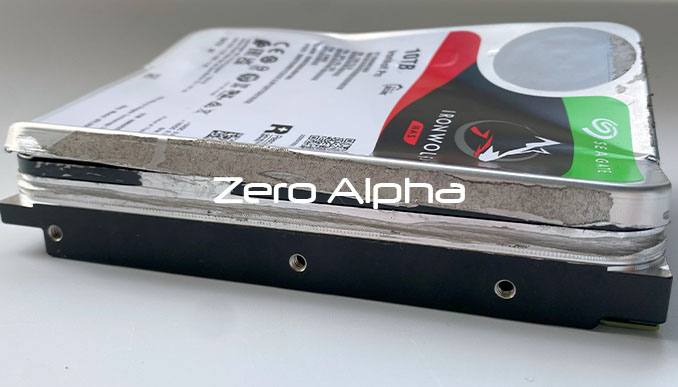
Step 1: Cut the 0.5mm aluminium welded seam
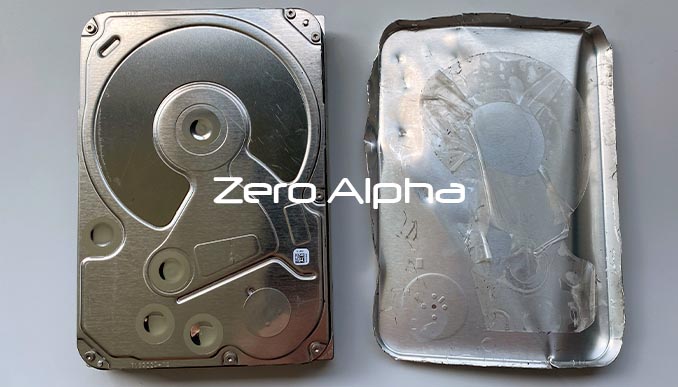
Step 2: Be careful to peal and lift the cover as it has a double sided sticker to old it in place.
Helium Inside
Seagate, like other major hard drive manufacturers, has introduced helium-filled hard drives for several important reasons. Helium-filled drives offer several advantages over traditional air-filled drives, which have been the standard for many years. Here are some key reasons why Seagate and other manufacturers have adopted helium-filled drives:
-
Reduced Air Resistance: In a traditional air-filled hard drive, the spinning platters experience air resistance, which can slow down the rotation and lead to increased power consumption and heat generation. Helium is much less dense than air, so it significantly reduces air resistance. This allows the platters to spin more freely, resulting in lower power consumption and improved performance.
-
Increased Data Density: Helium-filled drives allow manufacturers to pack more platters and read/write heads into the same physical space. This increased data density can lead to higher storage capacities within standard form factors like 3.5-inch drives, making them ideal for data centers and enterprise applications where storage space is at a premium.
-
Lower Power Consumption: Reduced air resistance means less power is required to spin the platters and move the read/write heads. This results in lower power consumption, which is particularly beneficial for large-scale data centers looking to reduce energy costs and improve overall efficiency.
-
Improved Cooling: Helium dissipates heat more effectively than air, which helps maintain a more stable operating temperature inside the drive. This can lead to increased reliability and longer lifespan for the drive components.
-
Lower Vibrations and Noise: Helium-filled drives often produce less vibration and acoustic noise compared to traditional drives. This makes them suitable for applications where noise and vibration can be a concern, such as audio recording or high-density storage arrays.
-
Enhanced Reliability: Helium-filled drives can offer increased reliability due to their reduced power consumption, improved cooling, and the reduced wear and tear on drive components. This is essential for critical applications in data centers where drive failures can lead to data loss and service disruptions.
-
Sealed Design: Helium-filled drives are hermetically sealed to keep the helium inside and prevent air from entering. This design minimizes the risk of contamination and moisture damage, further enhancing the drive's durability.
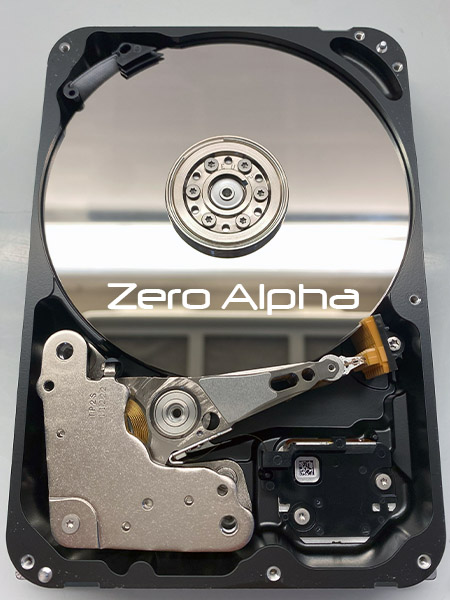
While helium-filled drives offer numerous benefits, they also tend to be more expensive to manufacture than traditional air-filled drives, primarily due to the need for specialized sealing and manufacturing processes. However, the advantages in terms of performance, reliability, and data density often outweigh the higher production costs, making helium-filled drives an attractive option for data centers and other high-capacity storage environments.
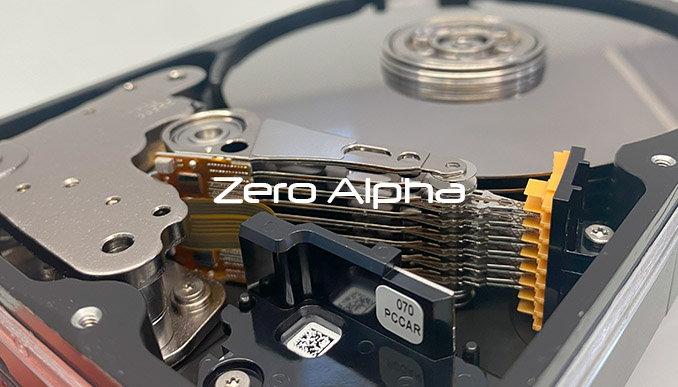
Special Helium Breather
Helium-filled hard drives typically incorporate a special helium filter or breather filter as a crucial component of their design. The purpose of the filter is to maintain the integrity of the helium environment inside the drive and prevent helium leakage while allowing for the equalization of air pressure during the drive's manufacturing process and its lifetime operation. Here's how the helium filter works and why it's essential:
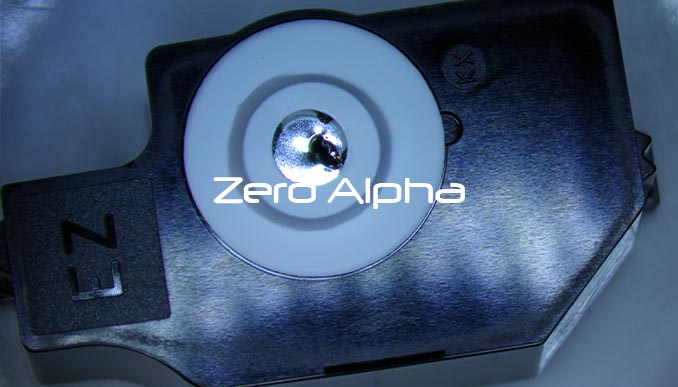
Ruptured helium breather filer
-
Preventing Helium Leakage: Helium is a lighter and smaller molecule than air, so it can potentially escape more easily through microscopic imperfections or tiny leaks in the drive's seals. To address this issue, helium-filled drives are designed with hermetically sealed enclosures, and the helium filter acts as an additional barrier to minimize helium leakage over time.
-
Filtering Out Contaminants: The helium filter is also responsible for filtering out any contaminants or impurities that might enter the drive during its lifespan. It helps maintain a clean and controlled environment inside the drive, which is crucial for the drive's long-term reliability and performance.
-
Equalizing Air Pressure: When the drive is manufactured, it is initially filled with helium. During its operational life, some level of air pressure equalization may be required, especially as temperatures fluctuate. The helium filter allows for this pressure equalization without allowing helium to escape. It achieves this by filtering the incoming air, removing helium, and releasing only the filtered air into the drive to maintain a controlled helium environment.
-
Filtration Mechanism: The helium filter typically consists of a microporous membrane or filter material that allows air molecules to pass through while blocking helium molecules. This membrane is designed to have very small pores that can effectively separate helium from the incoming air.
-
Durability and Reliability: The filter material must be durable and resistant to clogging or degradation over time. This ensures that the filter maintains its effectiveness in preventing helium loss and filtering out contaminants throughout the drive's operational life.
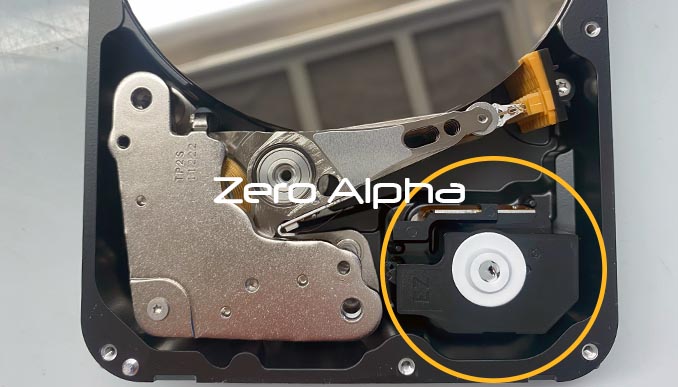
In summary, the helium filter inside helium-filled hard drives plays a critical role in maintaining the sealed helium environment, preventing helium leakage, and ensuring the long-term reliability and performance of the drive. This innovative feature is essential for the success of helium-filled drives in data center and enterprise environments where high-capacity, reliability, and reduced power consumption are key requirements.
How to open Seagate Barracuda Pro Compute Helium Drive with Top welded
This is another style of sealed seagate helium hard drives where the top is welded instead of around the sides. We used our in house designed tool to cut the aluminium top seal. Its got a very strong double sided sticker underneath it.
Part 1: Cut the seal
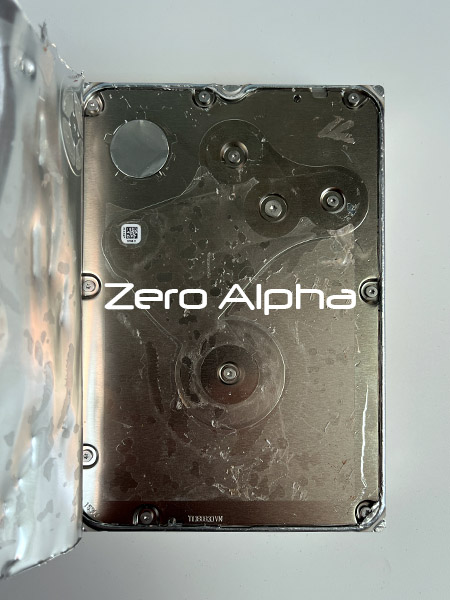
Part 2: Pull the seal off and expose the screwed top plate.